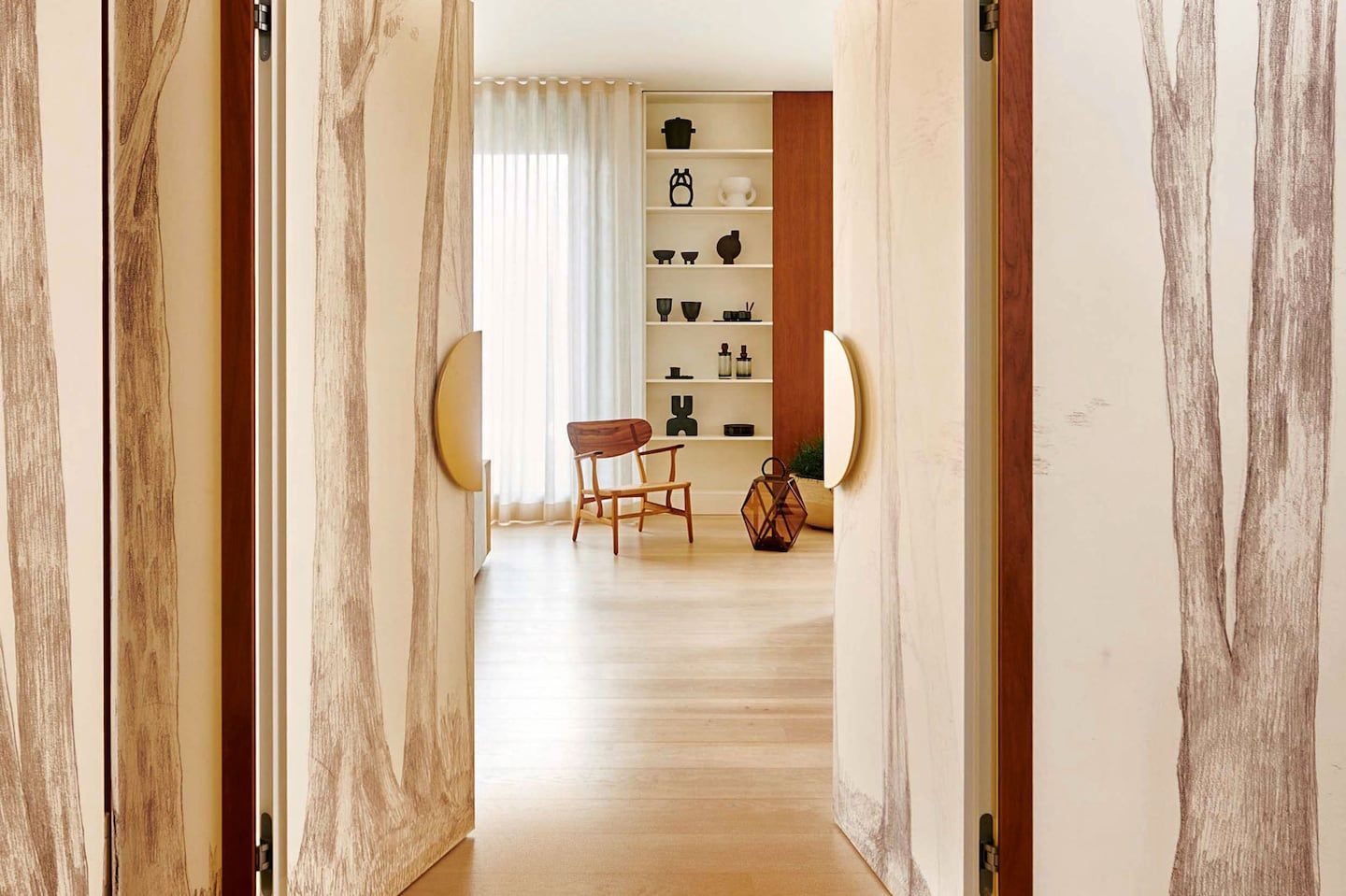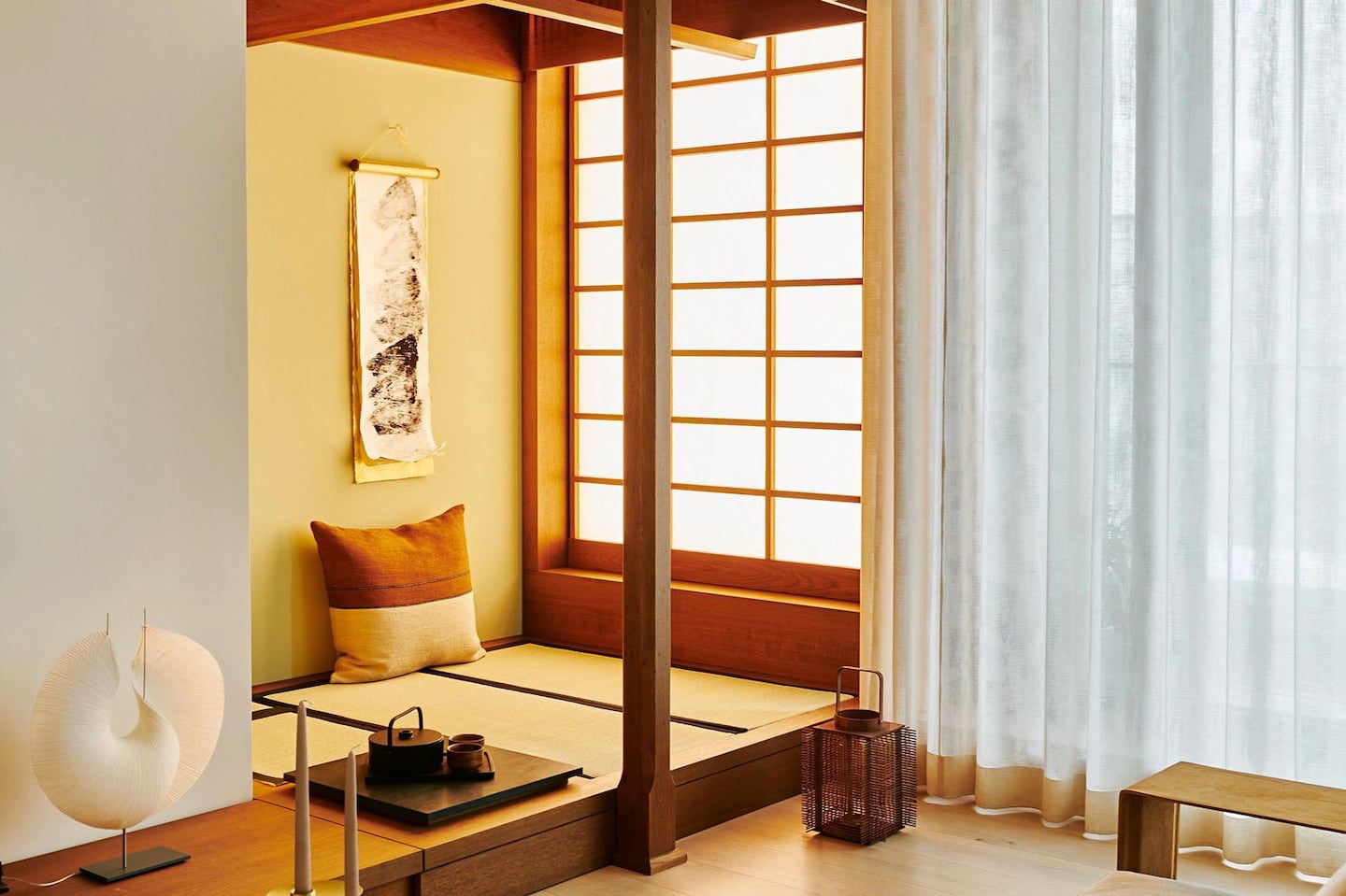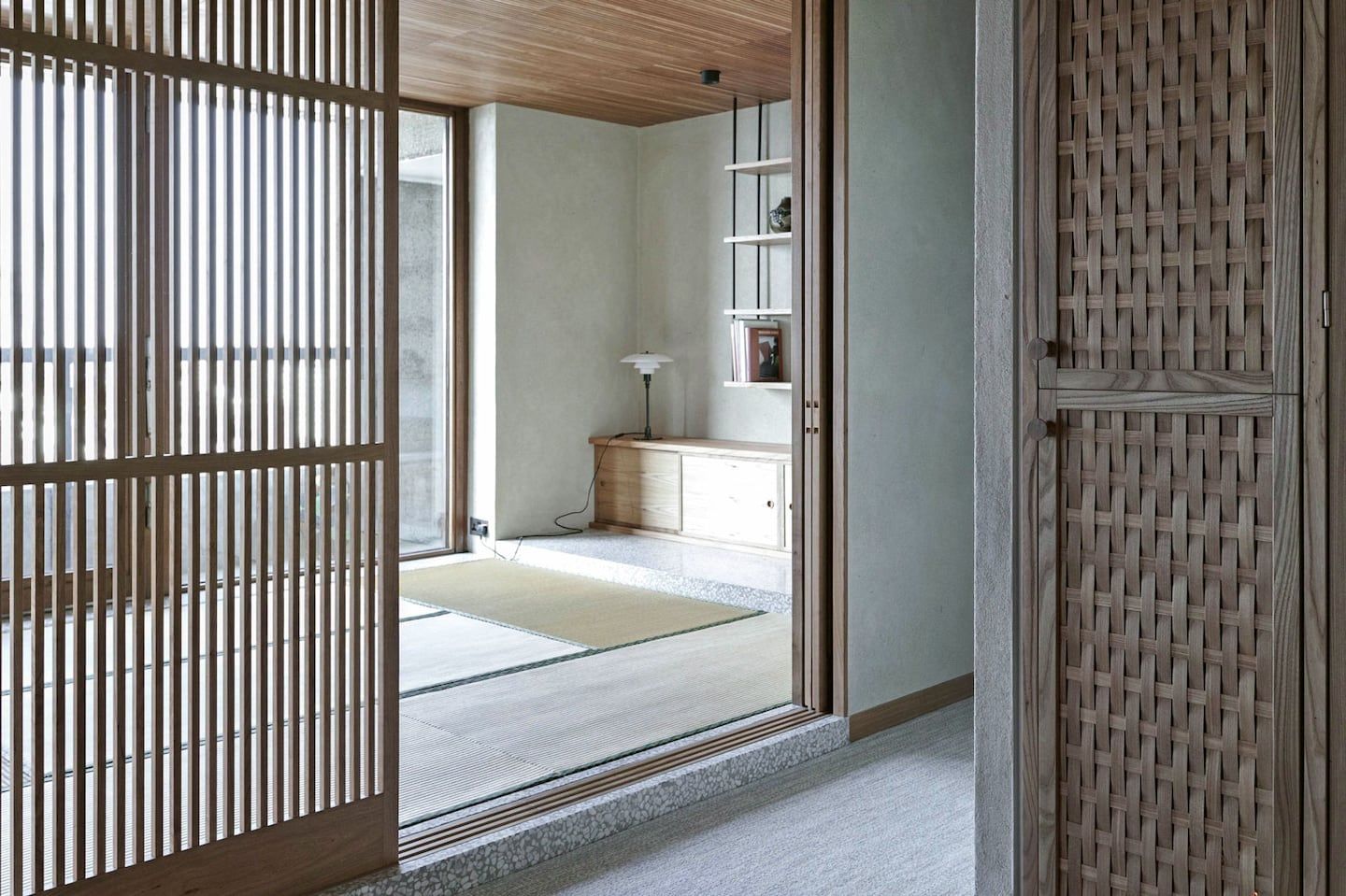Japanese lifestyle irresistible for westerners.
05.06.2025Under the title “Yen for Japan”, the online magazine Luxury Defined from Christie’s International Real Estate recently reported on the fascination of the Japanese lifestyle and aesthetics in interior design for many people in the western hemisphere.
The starting point of this trend is said to be an article by a newspaper journalist in 1885, which reported on a newly opened exhibition in Knightsbridge, London: “The whole scene (is) quaintly Oriental and almost bewildering at the first view in such as no stay-at-home Englishman has ever before had within his reach.” The exhibition in question was the wildly popular Japanese Village, in which up to 100 “genuine natives of Japan” performed daily tasks and rituals around an ersatz Japanese village, Luxury Defined continues.
The magazine writes that the country had long been rigorously closed off from the outside world. It was only when Japan opened its borders to European and American nationals that a veritable mania broke out in the West. It was hard to imagine a Victorian salon that was not furnished with a Japanese screen or a lacquered side table. And no dining room was complete without a display of Japanese porcelain! Artists of the time had a particularly creative idea: they often depicted their models in kimonos or with paper umbrellas, their hair pinned up à la japonaise.
And according to Luxury Defined “our love affair continues to this day. Not the furbelows of high Victoriana, perhaps, but a quiet simplicity, which occasionally verges on austerity, but delineates a sumptuous sparseness and conveys a tranquility and order that has been developing since Bauhaus architects first absorbed Japanese ideals.”
Paul Butkovich, who has lived in Japan for 25 years and works at H2 Christie’s International Real Estate near Sapporo says in the above-mentioned article: “There’s a number of things in Japan that westerners love. Some of the modern design is very simple. They love the machiya (traditional townhouse) style and the typically quite light structures we have here. The fact that it’s quite different from what they’re used to is another attraction. It’s very hard to synergize the look with western style. You need to have a very good eye.”
Luxury Defined names several interior designers or prominent house owners who have this “instinctive taste”; these apparently include Brenda Geerlings, who found her way into Japanese design through her honeymoon in East Asia. The magazine also writes about the author Paul Theroux: “Further along the coast in Maine, author Paul Theroux has marketed his coastal writing retreat, which was built with a strong Japanese aesthetic in mind. Theroux’s first travel memoir, The Great Railway Bazaar, related his journey from the United Kingdom to Japan and launched his travel-writing career. He wrote about the country once again in Ghost Train to the Eastern Star.”
The author continues: “Further west, in the small town of North Barrington on the outskirts of Chicago, one set of sellers has created the most stunning Japanese-style garden in the grounds of their home. There are tumbling mini waterfalls complete with little taiko-bashi arched footbridges and a wonderfully rustic torii roofed gateway over the path. The lush planting – which was first started 60 years ago – is an exquisite mix of trees and shrubs familiar from any Japanese print, from water lilies to spiky pines. Through the garden – mimicking in miniature some of the Japanese countryside – runs an intricate model train set with engines powering their way through.”
That modern touch not always found in western recreations of Japanese style, and the focus on classical elements of the country’s historic design, the author of the article continues, is something that Japanese people can find slightly baffling. “Generally, here antiques aren’t revered,” says Butkovich. “Japanese people want new and shiny, so they’re throwing out things like old shoji (the often translucent screens that divide rooms). You can pick up fantastic old kimonos that cost $2,000 for $5 in recycle shops.”
We recommend that you read the full article by Gela Pertusini in the online magazine Luxury Defined here.


